Most of us bought the card and switch together since with the switch the card significantly outshines the mobo lan port.
Taiko Audio SGM Extreme : the Crème de la Crème
- Thread starter CKKeung
- Start date
You are using an out of date browser. It may not display this or other websites correctly.
You should upgrade or use an alternative browser.
You should upgrade or use an alternative browser.
To be clear, I'm using the switch and the network card. This is about adding a second network card to connect to a DAC that requires Ethernet input. The processing benefits of the switch network card pairing don't apply to using the network card to connect to a DAC. As a result the differences between the port and the network card are much smaller for output rather than input.Most of us bought the card and switch together since with the switch the card significantly outshines the mobo lan port.
While we are touching on this subject briefly, the preferred ethernet cable is CAT6?Somewhat different context but many months ago in this thread I compared the original opticalModule to a Startech FMC to an unclocked EtherRegen and found the opticalModule was an audible improvement. No reason to believe the opticalModule Deluxe would be a step backwards.
However, even before the introduction of the Taiko switch and new network interface card to my system I went back to using UTP copper ethernet without any fiber conversions from my home LAN router direct to the Extreme and found it to be a significant step up in sound quality.
Steve Z
CAT6A is the same, correct?
The real question I have is about the connector. I have a Metz connector. When you take it apart, it has a circuit board in it. Is it better to have an ethernet cable connector which crimps directly onto the wire?
Which ethernet cable are you using? Because, I need to have a long cable made, to run from my router to my system.
I can make up my own ethernet cables. If we are back to simple, ethernet cables, is it comparable to make your own cable?
thank you
While we are touching on this subject briefly, the preferred ethernet cable is CAT6?
CAT6A is the same, correct?
The real question I have is about the connector. I have a Metz connector. When you take it apart, it has a circuit board in it. Is it better to have an ethernet cable connector which crimps directly onto the wire?
Which ethernet cable are you using? Because, I need to have a long cable made, to run from my router to my system.
I can make up my own ethernet cables. If we are back to simple, ethernet cables, is it comparable to make your own cable?
thank you
CAT 6A is spec'd and constructed -- both wire and connections -- to tighter tolerances than CAT 6. CAT 6A will allow 10 Gbps to 100 meters, while CAT6 is about half this. Both are more than enough for digital music transmission at 1 Gbps speeds as used with the Extreme/Taiko switch and (soon) Taiko router.While we are touching on this subject briefly, the preferred ethernet cable is CAT6?
CAT6A is the same, correct?
The real question I have is about the connector. I have a Metz connector. When you take it apart, it has a circuit board in it. Is it better to have an ethernet cable connector which crimps directly onto the wire?
Which ethernet cable are you using? Because, I need to have a long cable made, to run from my router to my system.
I can make up my own ethernet cables. If we are back to simple, ethernet cables, is it comparable to make your own cable?
thank you
I can't speak to the circuit inside a Metz connector, however I have several ethernet cables with RJ45-style Metz connectors and all of them have continuity through the connector shell from one end to the other, so I don't use them for audio applications or in the dedicated Extreme section of my LAN, preferring not to tie equipment together via the shield. I use a good grade of US-made CAT 6A UTP jumpers with molded-end plastic connectors for those applications. My longest audio ethernet cable is about 50 feet (about 15 meters) of this CAT 6A UTP and it handily beats my previous fiber direct to Extreme as well as copper/fiber/copper to Extreme.
If you can terminate your own ethernet cable to CAT 6A standard then I'd do so and not worry about anything more exotic. The audiophile in me likes the sexy look and the positive lock/unlock of Metz connectors but I don't hear any advantage to them.
My anecdotal take on it, anyway.
Steve Z
This got me thinking though, so I looked up the literature on Metz RJ-45 ethernet connectors to see if the shield connection could be defeated. It is a little difficult to tell from the picture but it appears that the shield spring connection at the back of the shell (right side picture) could be removed and/or the connection could be insulated with a little tape. The brochure says no special tools are necessary so maybe later today I'll take one of my jumpers apart and see if I can break the shield connection from one end to the other.
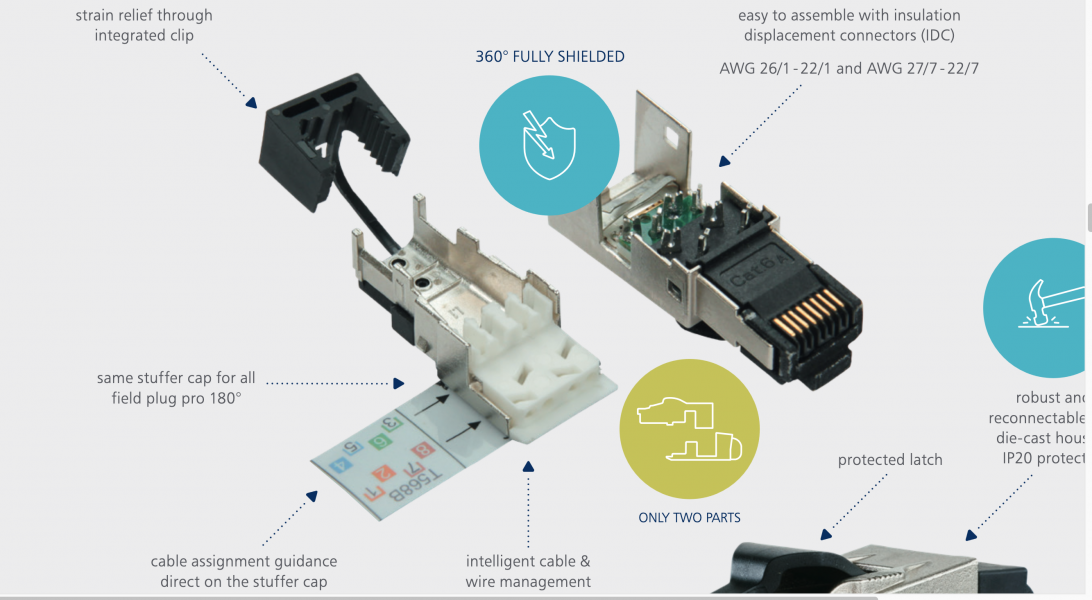
Steve Z

Steve Z
You’re committed Steve! Keep us posted…This got me thinking though, so I looked up the literature on Metz RJ-45 ethernet connectors to see if the shield connection could be defeated. It is a little difficult to tell from the picture but it appears that the shield spring connection at the back of the shell (right side picture) could be removed and/or the connection could be insulated with a little tape. The brochure says no special tools are necessary so maybe later today I'll take one of my jumpers apart and see if I can break the shield connection from one end to the other.
View attachment 111533
Steve Z
That’s awesome, please let me know what you hear.
I had these cables made by Ghent Audio in China, to my specifications. So, I know that the shield is not connected.
Now that I think of it, it probably has the JSSG underneath the flex shell.
I had these cables made by Ghent Audio in China, to my specifications. So, I know that the shield is not connected.
Now that I think of it, it probably has the JSSG underneath the flex shell.
Might be most interesting to see what the addition of another switch between the extreme and your dac would doTo be clear, I'm using the switch and the network card. This is about adding a second network card to connect to a DAC that requires Ethernet input. The processing benefits of the switch network card pairing don't apply to using the network card to connect to a DAC. As a result the differences between the port and the network card are much smaller for output rather than input.
I’ve lent my SOtM switches to friends, so can’t try that now. However, I did previously try putting the two switches in between the router and the Taiko switch and thought there was a loss of clarity.Might be most interesting to see what the addition of another switch between the extreme and your dac would do
Certainly interesting, and it would assign a discoverable IP address to the NADAC, which is beneficial. Unfortunately, it’s a bit of an expensive experiment. 
Since you already have one switch, may be interesting to put back your old switch between the router and the extreme as a baseline, then add/remove the switch between your extreme and dac to see if it makes a significant enough difference?
Finally installed my new switch and NIC today. Expected a lot but this is well beyond what I expected. I had no idea network could be doing that much damage to SQ. Mind bending (and blowing). Bravo to Team Taiko for relentlessly chasing (and taming) fundamentals
Well, first part of the project is done. Though the fancy metal connectors on my ethernet cable turned out to be Panduit rather than Metz (and didn't just snap apart and back together) I was able to slip a small, stiff piece of plastic under the strain-relief at the back of the shell between the bundle of shield and drain wire and the metal shell. Checked with an ohmmeter and no conductivity end to end now.You’re committed Steve! Keep us posted…
Too late tonight to mess around with listening trials but tomorrow I'll try some substitutions between my StarLink router and the Netgear GS108E switch feeding the ethernet cable running to the Taiko switch > Taiko NIC/Extreme.
I have a Sablon ethernet cable with what looks like the same or similar Panduit metal RJ-45 plugs but no conductivity between metal ends, the newly modified cable -- which is an Audioquest Carbon CAT 7 with no conductivity through the shield now -- and a good quality but nothing special CAT 6A UTP cable with molded boot plastic ends. Should be interesting.
Steve Z
Christiaan Punter
Well-Known Member
Hi Joet, thanks for the extra confirmation. Don't worry, even if your initial post may have caused something of a stir, the information is still valuable and I'm sure will be of help to other customers with a streaming DAC.Hi, as promised I've waited a few days and burned in the new card before reporting back. I've run a system disc for 4 days straight and things seem to have normalized.
First of all, I want to apologize for creating churn while reporting on the way things sounded while it was clearly breaking in. I thought people might benefit from the data points. Once again, apologies.
Here's what I've found:
1)There is no longer a perceived difference in volume between the cards and the issues with sibilance have subsided.
2) To me, the differences are subtle, perhaps very subtle, between the network card and the LAN port.
3) The network card seems more controlled and balanced. For example, in Norah Jones' "Come Away With Me" there is restraint when she hits a high note. You don't get the distortion in that upper register that I've heard in every system I've had before this, including with the LAN port. To be clear, it's not as if the note is clipped, it's more as if the system has control of it and is gently guiding it. Overall, you hear the resolution, but it's not calling attention to itself as a unit that is biased toward the top-end might.
4) Some might consider the LAN port to have slightly more sparkle. What it gives up in control it makes up for in liveliness. It calls attention to the high-frequency detail, which often brings a sense of excitement. However, what it gains in excitement might be offset by fatigue.
All this said the difference is small, perhaps very small. For those connecting via Ethernet who have a choice of using the network card to connect to their DAC, it's a matter of taste. If I'd done this experiment before purchasing the card I might not have thought it was worth the effort and $2K. However, now that I have it installed and paid for, my tastes run along the lines of the network card. I will likely keep it because I find it more controlled and less fatiguing. However, I can see others preferring the LAN port and there's a large part of me that believes I'm being too extravagant by making a large purchase for such a small gain.
Christiaan Punter
Well-Known Member
On
There is a good chance that we still have DC Power Distributors in stock, I will double-check.
Correction on the post above:
As it turns out, there are no DC Power Distributors in stock just yet. We built only a couple for PCB fitting purposes and other tests. We are building a batch concurrently with a batch of Routers and they will be delivered together.
The latest update for the Routers was on 25-05-2023 when Emile estimated that the new PCBs with WIFI would take around 4 weeks but that It’s probably more up to when the Router cases surface finishing is applied. Meanwhile, all I can add is that wifi implementation is ongoing and that no predetermined due ready date has been set just yet.Is there any updated ship date for the routers/ power distributors?
There is a good chance that we still have DC Power Distributors in stock, I will double-check.
Correction on the post above:
As it turns out, there are no DC Power Distributors in stock just yet. We built only a couple for PCB fitting purposes and other tests. We are building a batch concurrently with a batch of Routers and they will be delivered together.
Last edited:
Christiaan Punter
Well-Known Member
As of a couple of days ago, I've joined the group of fortunate owners of the Taiko Audio Extreme NIC and Switch! Here are a bunch of pictures illustrating the unpacking and installation.
First, the ultra-sturdy flight case with its Triple-Layered contents.
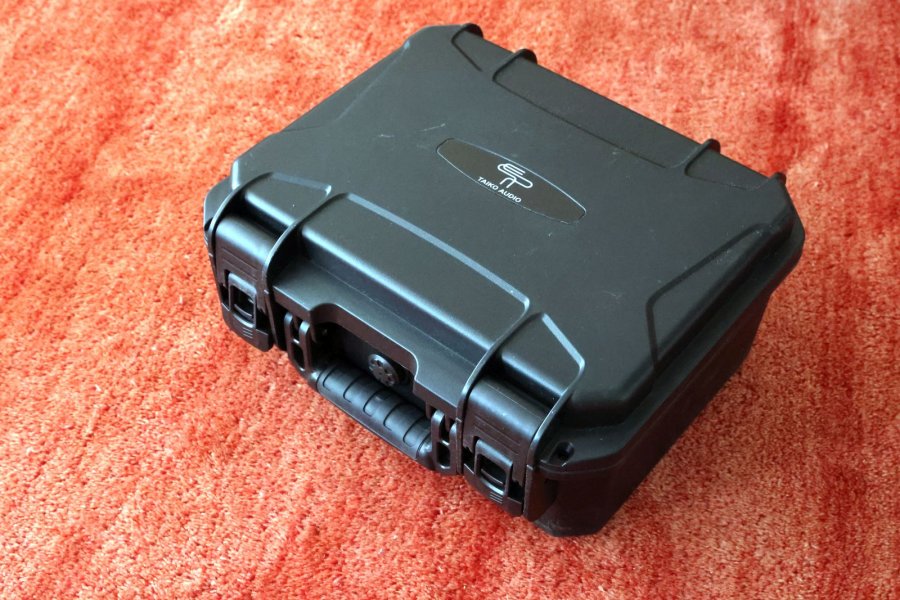
The case is so sturdy that I think you can safely run it over with a truck with no harm done. Even so, the case itself is relatively lightweight but with the switch inside it feels as if it houses a huge power amp inside.
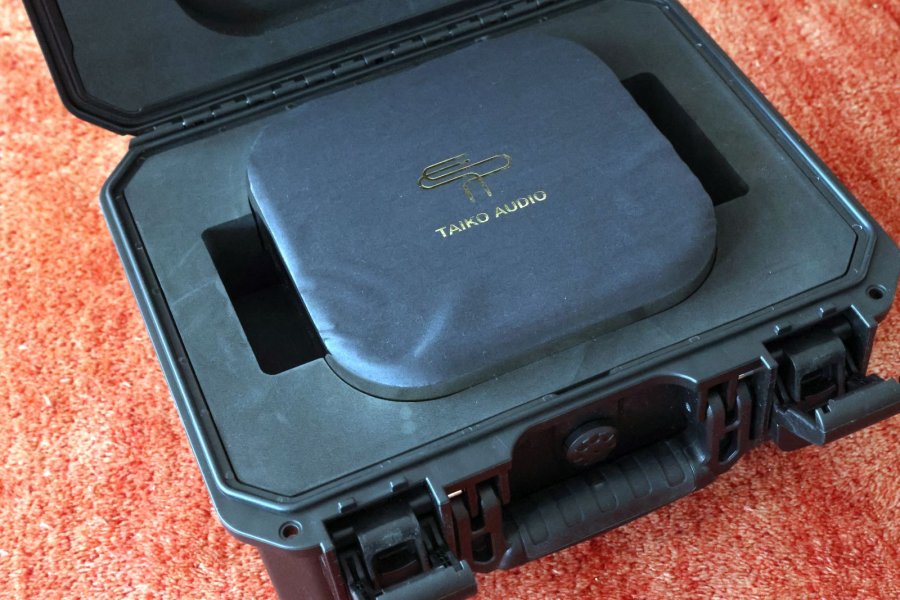
A microfiber polishing cloth doubles as a protective cover.
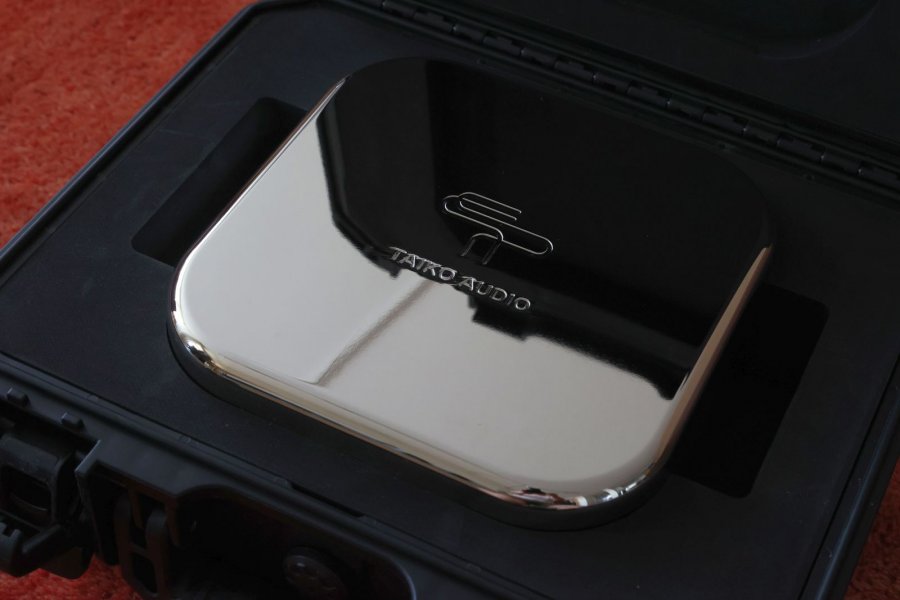
Just look at that beauty...
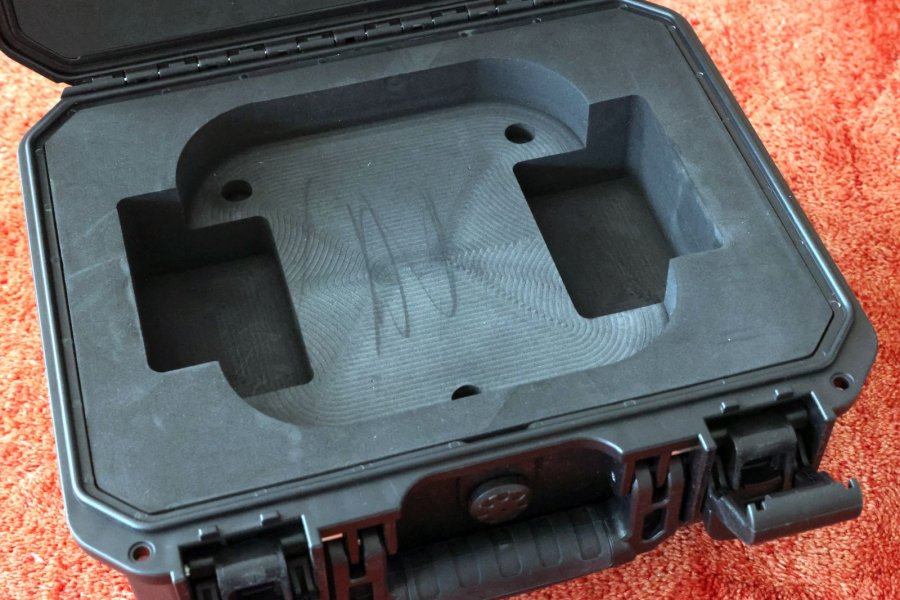
With the Switch removed, the top layer can be removed to reveal the next layer with goodies.
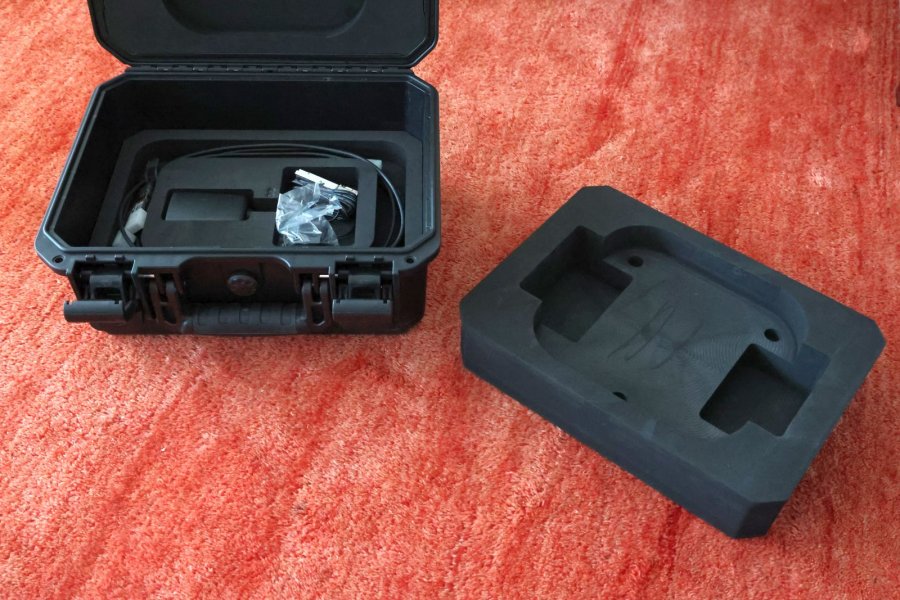
The middle layer contains the wall-wart power adapter and any ordered SFTP modules and/or DAC Cables. I ordered two DAC cables of different lengths so that I can place the Switch anywhere whilst being able to also assess the sonic differences.
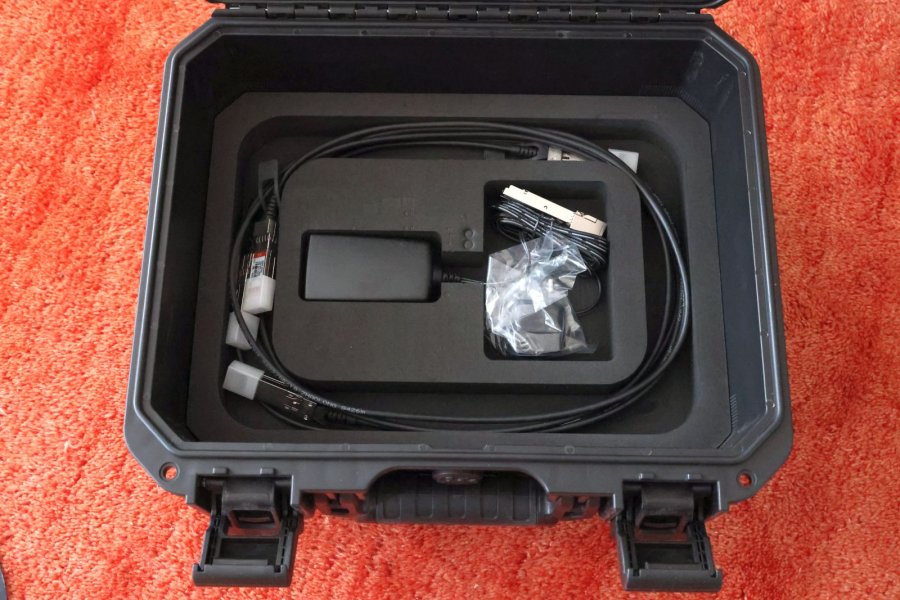
After having taken out the middle layer, the bottom layer is revealed.
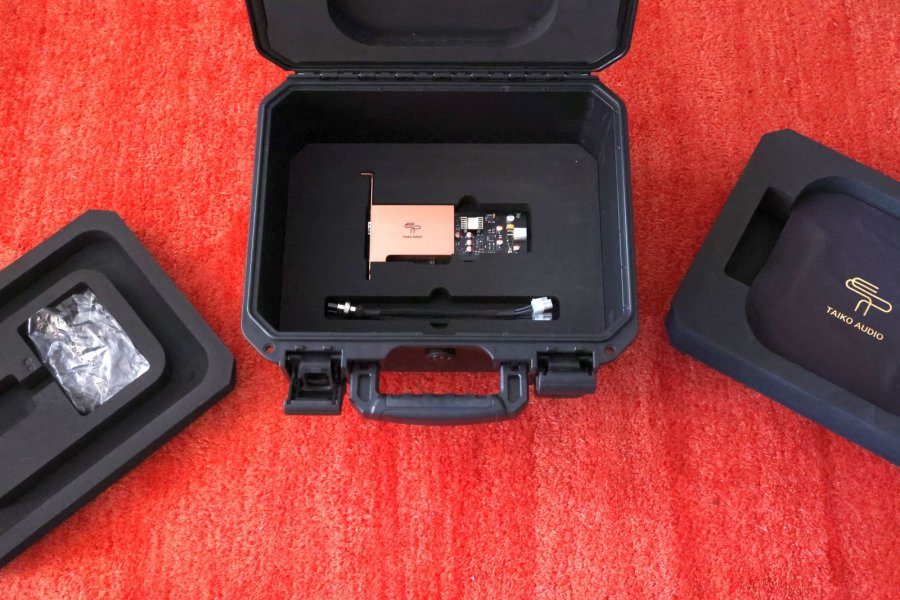
The bottom layer contains the Network Card (NIC) and associated Y-splitter DC cable to feed the Network Card as well as the Enhanced USB Card.
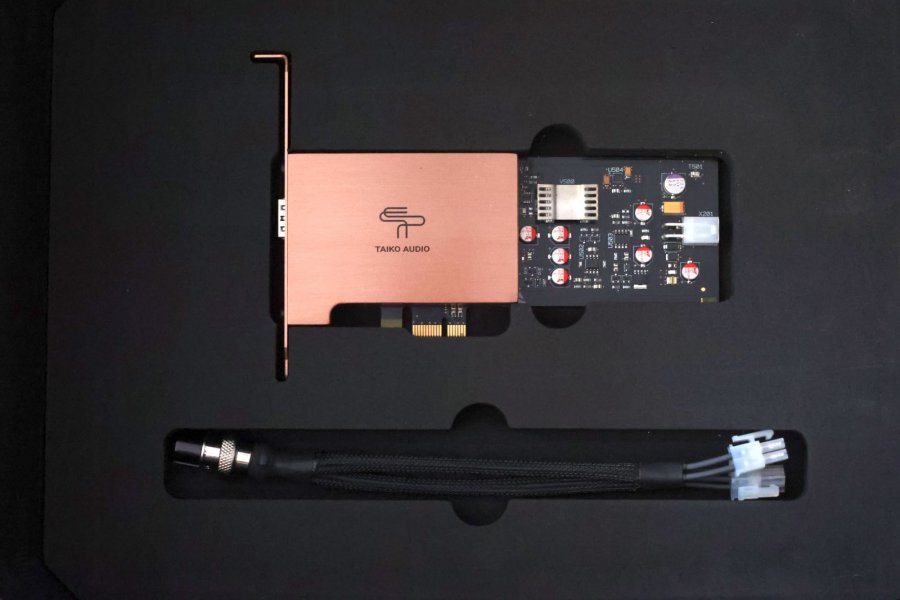
There's more to come...
First, the ultra-sturdy flight case with its Triple-Layered contents.

The case is so sturdy that I think you can safely run it over with a truck with no harm done. Even so, the case itself is relatively lightweight but with the switch inside it feels as if it houses a huge power amp inside.

A microfiber polishing cloth doubles as a protective cover.

Just look at that beauty...

With the Switch removed, the top layer can be removed to reveal the next layer with goodies.

The middle layer contains the wall-wart power adapter and any ordered SFTP modules and/or DAC Cables. I ordered two DAC cables of different lengths so that I can place the Switch anywhere whilst being able to also assess the sonic differences.

After having taken out the middle layer, the bottom layer is revealed.

The bottom layer contains the Network Card (NIC) and associated Y-splitter DC cable to feed the Network Card as well as the Enhanced USB Card.

There's more to come...
Similar threads
- Replies
- 199
- Views
- 28K
- Replies
- 251
- Views
- 31K
| Steve Williams Site Founder | Site Owner | Administrator | Ron Resnick Site Owner | Administrator | Julian (The Fixer) Website Build | Marketing Managersing |










